Here I discuss in depth the 3 types of lenses; zooms, primes and wide-angle lenses, and the benefits and features of each. Lenses are the eyes of the camera, and convey everything that the you see to the cameras sense. Choosing the right lens for the job will ensure that you deliver the image and vision you have for the job in a manner that works!
By Shurwin Harewood
The Wide Angle Lens
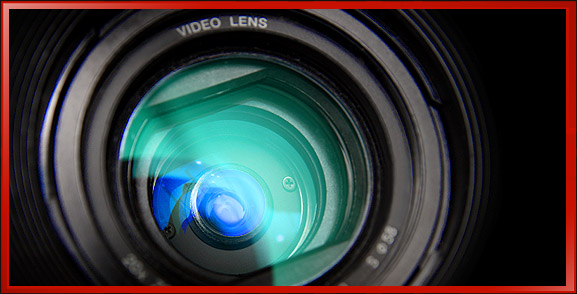
Wide angle lenses are great for creating general views of an area, great for capturing large view able areas such as a birds eye view of a trade show from a balcony. A wide angle lens is a lens under 35mm filter ring size not in terms 35mm full frame sensor, eg 28mm 24mm 18mm.
These lenses can be thought of as scene setting lenses, as they can immerse the viewer into an environment such a factory setting, large office buildings. So ideal for large groups such as the school year photos where you have people either in a long row or stacked with front, middle and back or corporate department staff shoots.
Downside includes distortion in perspective so subjects close to the camera can appear disproportionately larger than those further away – an effect that can be used in various creative ways making them popular in music promo, skateboarding, fashion, advertising videos.
Straight lines can be slightly curved, so architectural buildings look slight wonky and may need to be adjusted in post.
Wide angles are great for shooting in tight spaces or where you have very little room to step back, great for 2 shot interviews where you need two people in frame. If you don't have a wide angle lens you can also purchase or hire a wide angle adapter, such as x0.7 x0.6 or x.45 these will give you extra horizontal shooting room allowing you to gain a wide view in a normal landscape shooting position.
Ideal for landscapes, panoramas, crowd shots, audiences, interiors of locations, corporate group shots, setting the scene or environment of location, on stage for music or business events.
Prime Lenses (Fixed Focal Length)
Primes lenses are available in a range of fixed focal lengths (no zoom function) from extreme wide angle to ultra telephoto, commonly used are those in between 24mm to 85mm range. The 50mm lenses offer the widest available maximum apertures (as low as f/1.2) ideal for low-light photography, especially when you have to shoot handheld, without the need for a flash, great for concerts and night shooting in ambient light.

Also 85mm, are ideal for portraits, offering a flattering perspective and the ability to have a shallow depth of field to blur out the background other like 135mm.
Primes lenses are the staple of film-making as they offer the best resolution and make your work more cinematic looking.
Downside you have you adjust focus as you can't zoom if your planning using for interviews and F4 aperture setting on camera will allow you subject more room to move their head slightly forward or backwards without losing focus and sharpness.
Ideal lens to try out is a 50mm at f1.8 or lower .
Great for creating a cinematic or dramatic feel to your work, but must be able to work with a single frame size and deal with focus pulling to keep constant sharpness and focus.
The Three Types of Zoom Lenses:
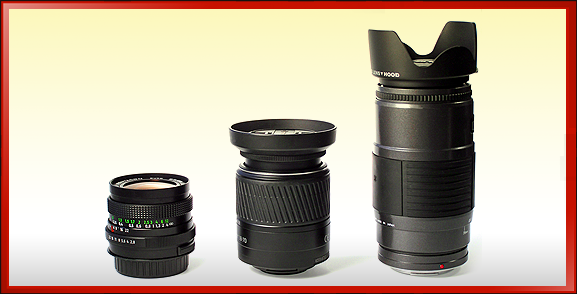
These fall into three categories, short zooms, telephoto zooms, and super zoom lenses:
Short Zoom
Lenses have smaller zoom range such as 18-55mm, 24-70mm or 28-80mm.
These zoom ranges are ideal for interviews with subjects, candid shots, POV shots the best versions of these lenses are low aperture numbers and such as 2.8 and below unto 1.2 in terms which are fixed known as fast aperture allow in lots more light and when you zoom you don't lose f-stop values forcing you to adjust iso or shutter speed to keep light levels constant.
These constant aperture lenses are more expensive that the standard kit lenses that are purchase with many cameras. There a great investment, failing that then as a hire option for when needing the best quality imagery and detail possible.
Ideal for photo/video journalism, interviews, fashion, reportage.
Telephoto Zoom
Telephoto lenses have a narrower field of view than wider optics, enabling you to crop in on details and magnify more distant subjects so that they appear closer to you than they actually are.Telephoto lenses imbue your images with certain aesthetic traits, such as shallower depth of field, and the sense of compressing distance so that elements further away in your scene seem right on top of closer ones.most common range goes from about 70mm up to 200mm or 300mm.
The very best quality tele-zooms are invariably the 70-200mm ones with f/2.8 maximum apertures. These offer the ultimate optical performance across the frame, but come at the expense of greater cost and heavier build.
Ideal for sports, wildlife, safari, paparazzi work, events
Superzoom Lenses
Super zoom, such 18-200mm or 28-200mm Superzooms offer the most extreme zoom ranges available covering every popular focal length from the widest end of the typical kit lens to the longest end of the average telezoom lens, also with shooting video the reduced quality compared to RAW can hide many deficiencies such as softness of image, edge distortion.
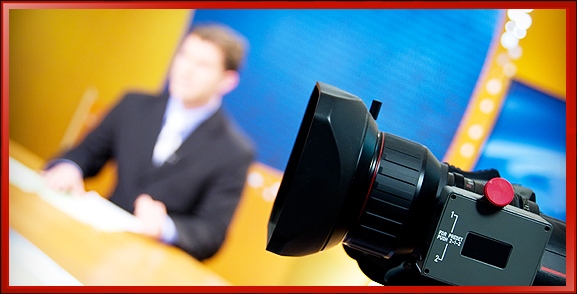
They offer a swiss army knife type approach from shooting wide to distant. You need to make sure they come with some of image stabilisation or vibration reduction. The aperture maximum maybe low needing you to adjust either shutter speed or iso to get a better exposure if your attempting to shoot at a distance or have decent lighting levels to help compensate.
Ideal for general purpose, sports, wildlife, safari, paparazzi work, events,

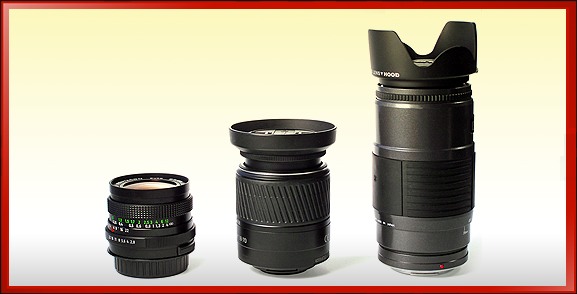
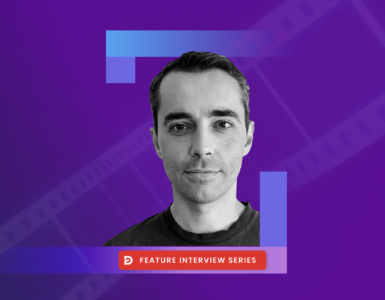



Which lens do you recommend as best for a entry level video DSLR? Thanks.
Do have any best options to recommend for a mobile phone lens? Is it worth getting?
Thanks!
Hi Jillian,
A variety of companies sell lenses for mobile smartphones! Do you own an iPhone? If so, take a peek at our iPhone Video Creator Accessories Guide – the guide has some very popular lenses (and other smartphone gear), specifically, the popular Ollo clip 3-in-1 lenses which we’ve used and can attest to! You get 3 lenses in one product.. can’t beat that.
So yes, if you’re filming and editing video with your smartphone, indeed, the lenses are worth it – allows you to add variety to your shots, and the cost is minimal compared to the value you get. Enjoy!